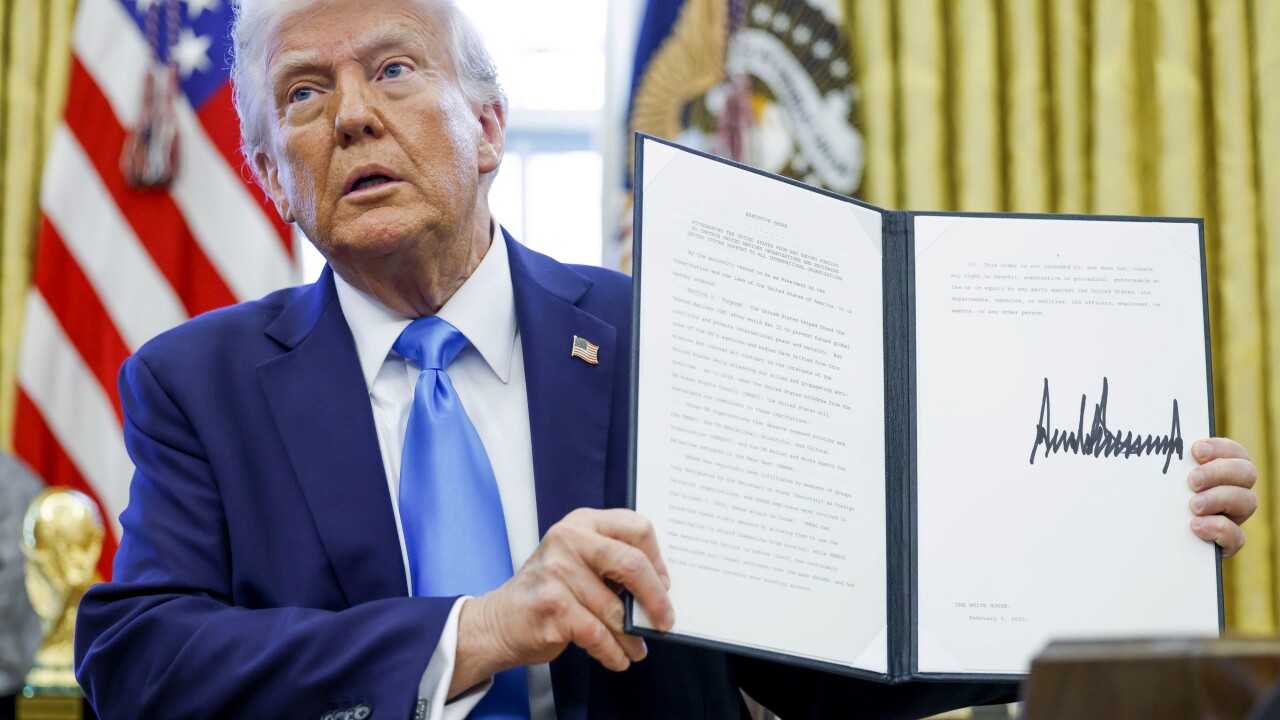For most of the history of loyalty marketing, program currency has been locked inside of proprietary reward experiences.
Consumers could belong to multiple programs, but the currencies for each lived within walled gardens that purposely limited their reward options. Points could only be redeemed within a catalog specific to each program, or currencies could only be transferred within a tightly managed partner network.
In 2017, an evolution in redemption options finally hit the tipping point, breaking down many of those garden walls. “Liquid currency” refers to a pay-with-points approach that enables loyalty points to be redeemed out in the big wide world, just as if they were cash. Examples of programs now embracing liquid points include U.S. Bank’s Real-Time Rewards solution, Citi’s Shop with Points and La Quinta Inns and Suites’ Redeem Away! program.

“Liquid” is the best descriptor for this shift because it illustrates the continuum of pay-with-points options. Each solution allows its own specific degree of flexibility or liquidity as to where and how points can be used.
Some solutions offer ultimate liquidity by enabling program currency to be used exactly like cash at any point of sale. Others are only moderately liquid, allowing points to be used only within specific retail settings (for example, Starbucks Rewards allows stars to be redeemed only for Starbucks products at the POS using their mobile app). A number of hotel brands now allow points to be used just like cash, but only during stays at their branded properties.
Despite these varying degrees of liquidity, what does appear clear is that brands embracing this change are looking to grab consumer attention by introducing as much flexibility as possible in the usage of points currency. And the programs offering the most liquidity believe they’ll have the upper hand.
What does this change mean for consumers?
Liquid currency opens the door to a significantly more frictionless redemption experience. According to new Maritz research, consumers cite rewards being too hard to earn or taking too long to earn as their primary reason for leaving a loyalty program.
Liquid currency directly addresses that point of friction by enabling program members to redeem points much more frequently, for an almost infinite number of “reward” options, and at very small increments of value.
For example, I recently redeemed less than $5.00 worth of Amex Membership Rewards points to pay for a meal at the Midway Airport McDonald’s. That kind of redemption experience — a far cry from working a year or more earning points toward a high-value reward item — will become more the rule than the exception. And as members embrace points being increasingly more fungible, it’s likely they will no longer think of redeeming points at all, but rather of spending points.
For program managers, liquid currency will challenge your assumptions as to how programs have traditionally worked. Members will likely redeem more frequently, and at lower point thresholds. Paying with points also means redemption patterns shifting away from low-CPP rewards like merchandise and in-kind options, which likely will drive up program costs.
Spending points outside the brand experience — especially on pedestrian everyday purchases like groceries and gas that have little “memory halo” — also may well have a declining effect on brand loyalty, driving consumer attachment more toward the currencies than to the brand itself.
It’s clear, though, that liquid currency will soon be table stakes for any competitive loyalty program. As liquid currency gains traction, brands will need to be vigilant in measuring and evaluating the influence of this new form of redemption on both brand engagement and retention.





